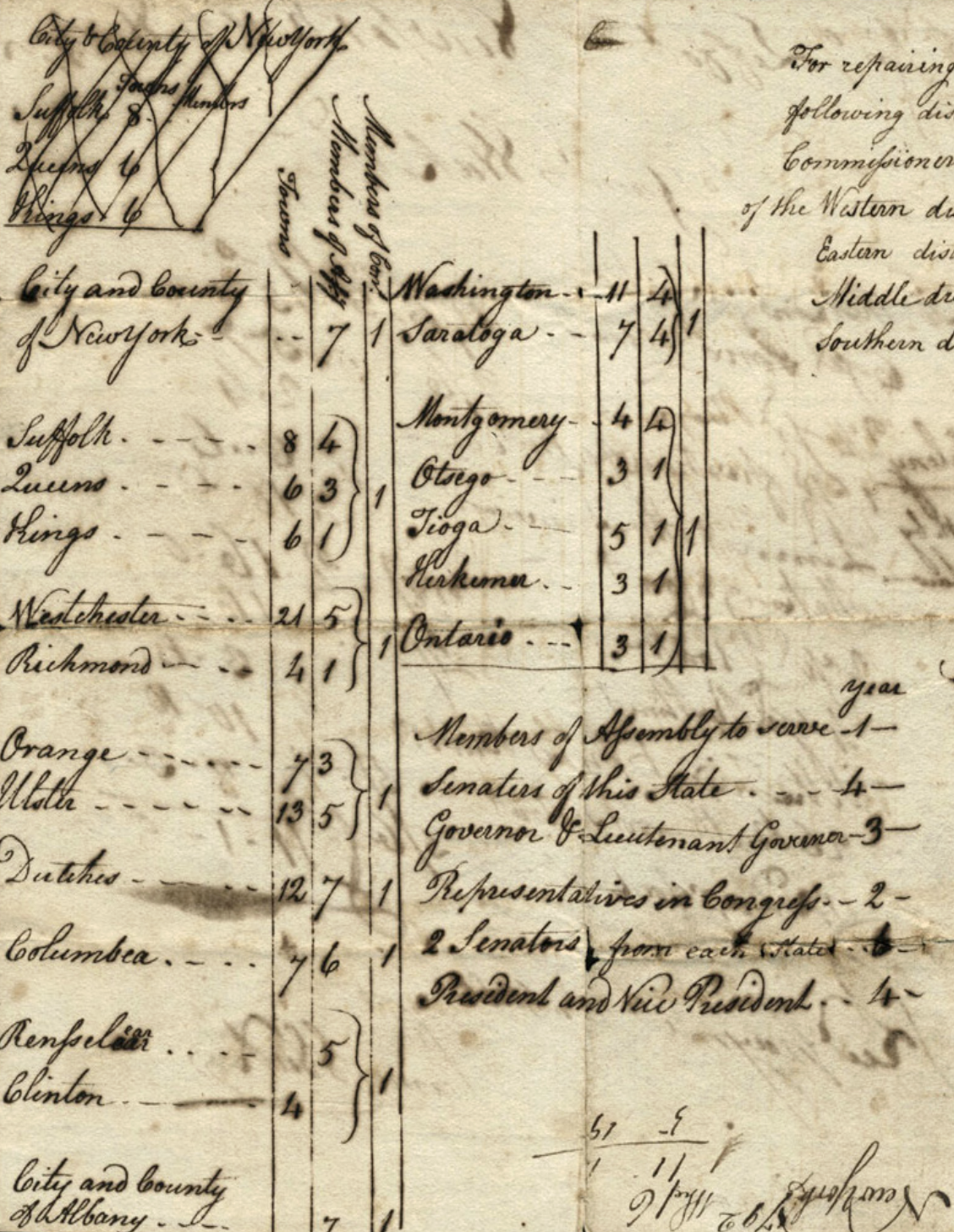By Steven Rome, Yale University ‘20
Advised by Professor Mark Peterson
Edited by Sally Ma, Benjamin Waldman, Varun Sikand, and Daniel Blatt
Abstract
In this essay, Steven Rome explores the 1792 New York gubernatorial election between John Jay (from the Federalist party) and George Clinton (from the Democratic-Republican party). Although Jay collected more votes than Clinton on Election Day, the legislature-appointed canvassing committee invalidated the votes of three counties on a technicality. As a result, Clinton won the election. His victory ignited controversies amidst New York’s polarized political climate. Rome proposes that the tension surrounding this 1792 election represents the first instance of party politics in the U.S. and the first test of the nation’s republican philosophy. Specifically, the election crisis actualizes James Madison's concern in Federalist No. 10 about the evils of political factions. The crisis exposes how the U.S. government is susceptible to demagoguery. The resolution of the election crisis demonstrates the strength of the U.S. government in coping with conflicts. The 1792 New York imbroglio suggests that the U.S. government rests on nothing more and nothing less than the citizens' faith in the government—it relies on the citizens' willingness to work within the existing political system to make changes. The lessons Rome highlights from the 1792 debacle inform how to approach the vulnerabilities of a partisan, republican system, which remain as pressing today as ever.

